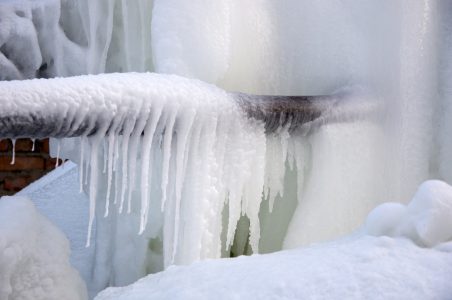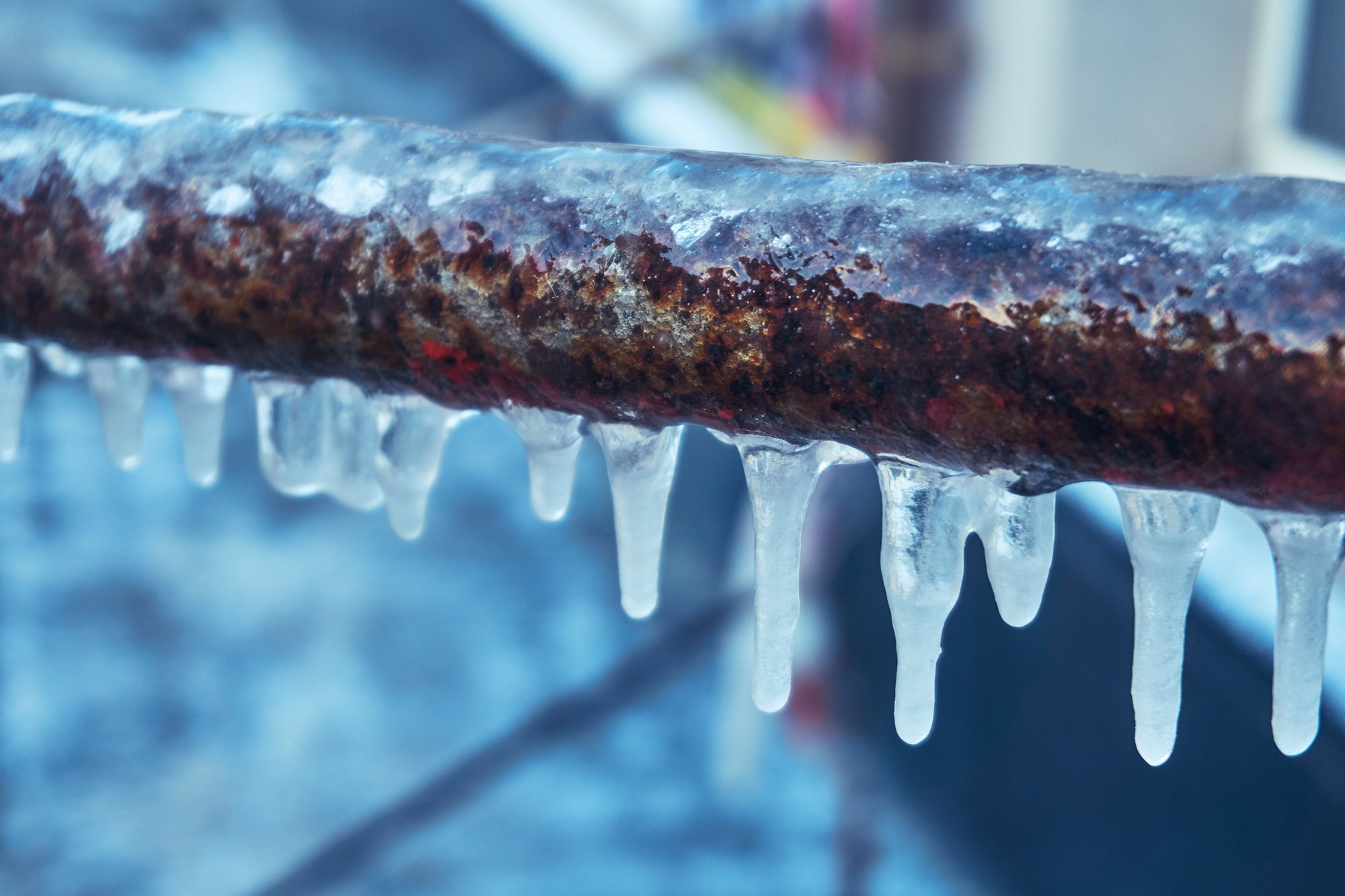How to Protect Your Plumbing from Freezing: Key Advice
How to Protect Your Plumbing from Freezing: Key Advice
Blog Article
The article on the next paragraphs relating to Preventing and dealing with frozen pipes is particularly motivating. Read on and make your own personal assumptions.

Cold weather can ruin your plumbing, specifically by freezing pipes. Right here's just how to stop it from happening and what to do if it does.
Introduction
As temperatures drop, the risk of frozen pipelines rises, possibly leading to costly repair services and water damages. Understanding how to avoid frozen pipelines is important for property owners in cool climates.
Understanding Frozen Pipelines
What triggers pipelines to freeze?
Pipelines ice up when subjected to temperatures below 32 ° F (0 ° C) for extended periods. As water inside the pipes freezes, it expands, putting pressure on the pipe wall surfaces and possibly causing them to burst.
Dangers and problems
Icy pipelines can result in water system disturbances, residential property damage, and pricey repair services. Ruptured pipelines can flood homes and create comprehensive architectural damage.
Signs of Frozen Pipes
Determining frozen pipelines early can prevent them from rupturing.
Just how to recognize frozen pipes
Look for decreased water flow from taps, unusual smells or noises from pipes, and noticeable frost on revealed pipes.
Prevention Tips
Insulating vulnerable pipelines
Wrap pipelines in insulation sleeves or use warmth tape to secure them from freezing temperature levels. Concentrate on pipes in unheated or external locations of the home.
Home heating methods
Keep interior spaces adequately warmed, specifically areas with plumbing. Open up closet doors to allow warm air to flow around pipelines under sinks.
Safeguarding Exterior Plumbing
Yard pipes and exterior faucets
Separate and drain pipes yard hoses prior to wintertime. Mount frost-proof spigots or cover outside taps with shielded caps.
What to Do If Your Pipelines Freeze
Immediate actions to take
If you think frozen pipelines, maintain taps open up to alleviate stress as the ice melts. Utilize a hairdryer or towels soaked in hot water to thaw pipelines gradually.
Long-Term Solutions
Structural changes
Think about rerouting pipelines far from exterior walls or unheated locations. Add added insulation to attic rooms, cellars, and crawl spaces.
Updating insulation
Purchase high-grade insulation for pipelines, attics, and walls. Proper insulation aids keep constant temperature levels and lowers the risk of frozen pipes.
Verdict
Protecting against icy pipes calls for proactive measures and quick reactions. By comprehending the causes, indicators, and preventive measures, home owners can protect their pipes throughout cold weather.
5 Ways to Prevent Frozen Pipes
Drain Outdoor Faucets and Disconnect Hoses
First, close the shut-off valve that controls the flow of water in the pipe to your outdoor faucet. Then, head outside to disconnect and drain your hose and open the outdoor faucet to allow the water to completely drain out of the line. Turn off the faucet when done. Finally, head back to the shut-off valve and drain the remaining water inside the pipe into a bucket or container. Additionally, if you have a home irrigation system, you should consider hiring an expert to clear the system of water each year.
Insulate Pipes
One of the best and most cost-effective methods for preventing frozen water pipes is to wrap your pipes with insulation. This is especially important for areas in your home that aren’t exposed to heat, such as an attic. We suggest using foam sleeves, which can typically be found at your local hardware store.
Keep Heat Running at 65
Your pipes are located inside your walls, and the temperature there is much colder than the rest of the house. To prevent your pipes from freezing, The Insurance Information Institute suggests that you keep your home heated to at least 65 degrees, even when traveling. You may want to invest in smart devices that can keep an eye on the temperature in your home while you’re away.
Leave Water Dripping
Moving water — even a small trickle — can prevent ice from forming inside your pipes. When freezing temps are imminent, start a drip of water from all faucets that serve exposed pipes. Leaving a few faucets running will also help relieve pressure inside the pipes and help prevent a rupture if the water inside freezes.
Open Cupboard Doors
Warm your kitchen and bathroom pipes by opening cupboards and vanities. You should also leave your interior doors ajar to help warm air circulate evenly throughout your home.

Do you appreciate reading up on 6 Ways to Prevent Frozen Pipes? Try to leave feedback down below. We will be delighted to see your responses about this blog. We are looking forward that you visit us again before long. I beg you take the opportunity to share this article if you enjoyed reading it. Kudos for being here. Return soon.
Estimating Report this page